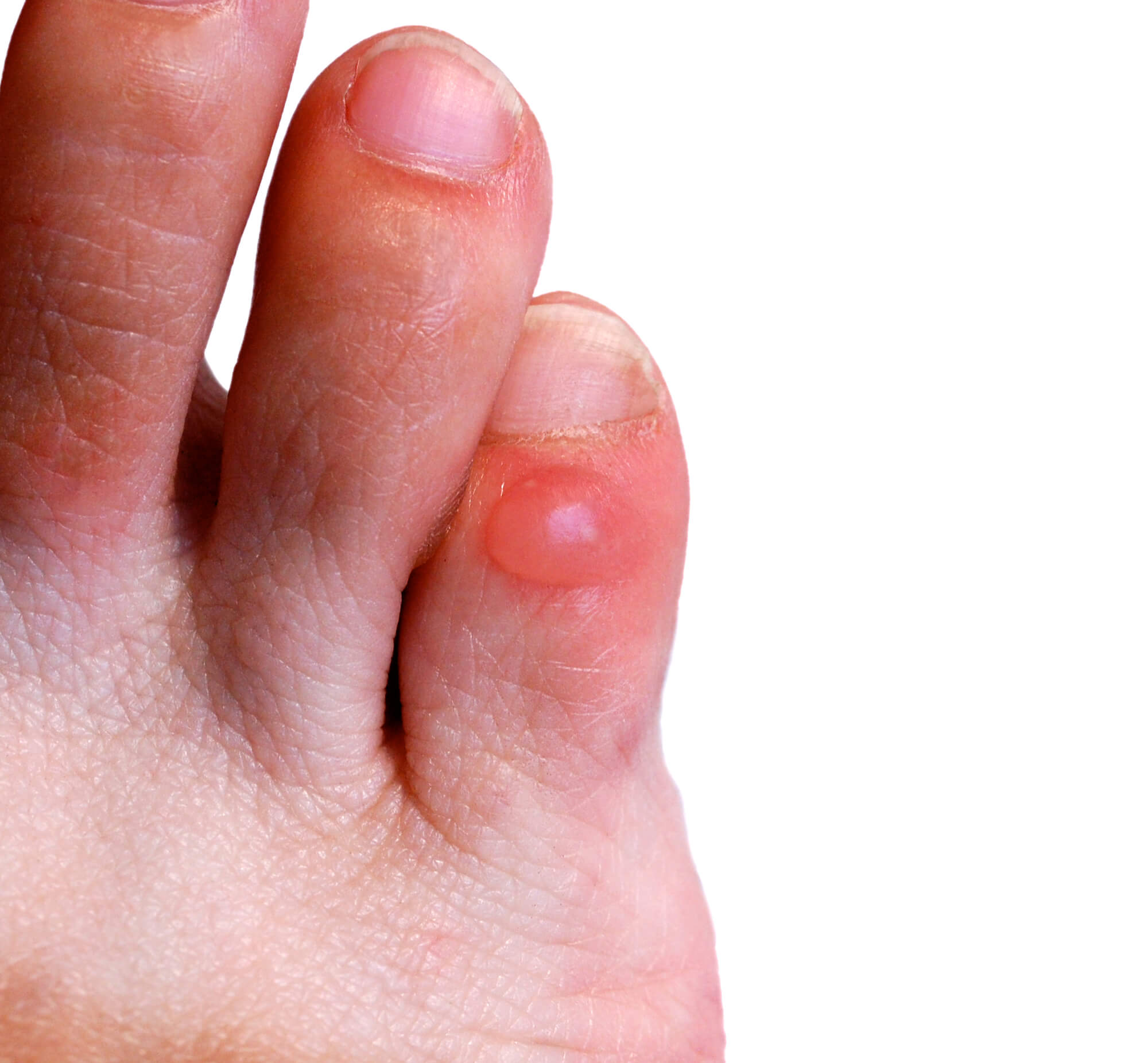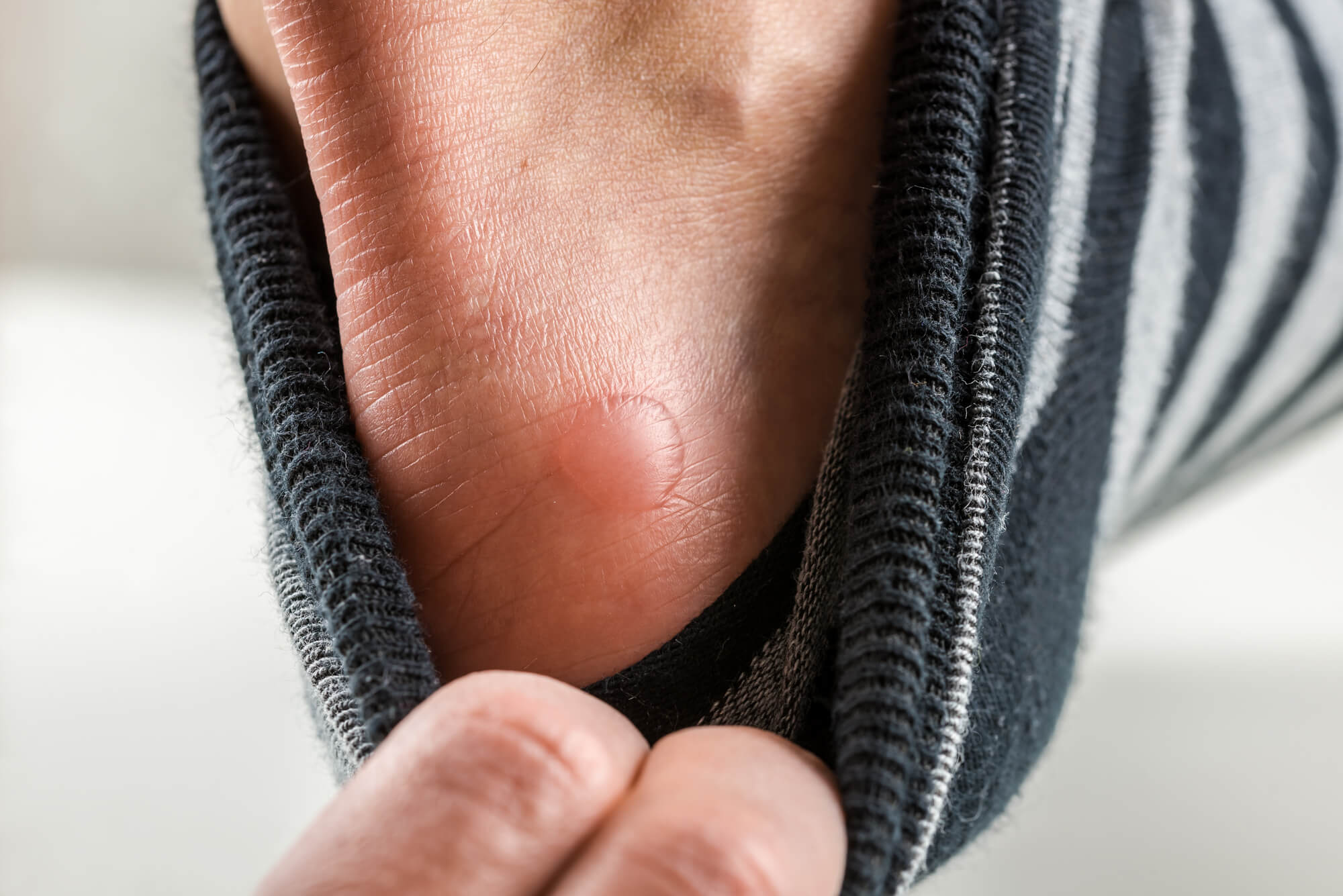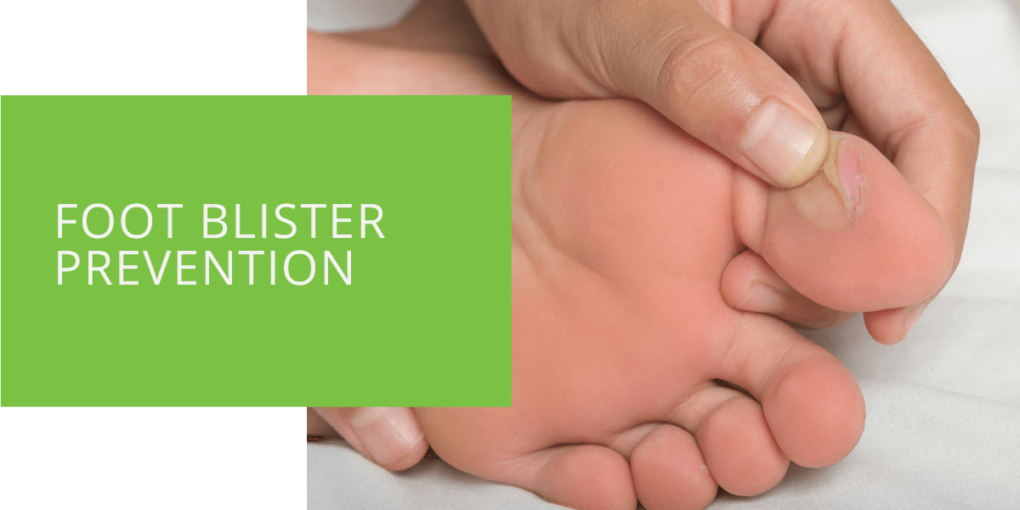Guide to Foot Blister Prevention
Are you prone to blisters on your feet? Foot blisters are a common problem many people experience, especially those who are physically active or spend a lot of time on their feet. Blisters are small pockets of fluid on the skin due to friction, rubbing, or heat. They can be painful and interfere with your daily activities. However, there are simple steps you can take to prevent and treat foot blisters. This article will provide a comprehensive guide to foot blister prevention and management.
Understanding Foot Blisters
Before we delve into blister prevention tips, it's essential to understand what causes blisters. Foot blisters usually form due to friction and rubbing on the skin. The friction creates heat, which causes the skin to become irritated and form a pocket of fluid. Blisters can also form due to excessive heat or moisture. On the other hand, blood blisters form when a blood vessel is damaged, causing blood to accumulate in the blister.
Foot Blister Prevention Tips
Choose the Right Footwear
One of the main causes of foot blisters is poorly fitting shoes. Ill-fitting shoes can cause rubbing and chafing, leading to blisters. When selecting footwear, ensure it fits properly and allows enough space for your toes. Avoid shoes that are too tight, loose, or have rough stitching. Additionally, look for shoes that have moisture-wicking features to help reduce sweat and moisture inside the shoes.
Socks Matter
Socks can make a significant difference in preventing blisters. Look for socks made of moisture-wicking materials that can help keep your feet dry. Moisture-wicking socks can wick sweat away from your feet, reducing the moisture that can cause blisters. Avoid socks that are too thin or thick, which can lead to blisters. Also, wear socks that fit properly and don't bunch up or slip down.

Keep Your Feet Dry
As mentioned earlier, moisture is one of the main culprits in blister formation. Therefore, it's important to keep your feet as dry as possible. If your feet tend to be sweaty, bring an extra pair of socks to change into during the day. To absorb moisture, you can also apply talcum powder or cornstarch to your feet. Furthermore, make sure to dry your feet thoroughly after showering or swimming.
Use Protective Measures
Various protective measures can help prevent blisters. These include wearing moleskin, blister pads, or adhesive bandages on areas prone to blisters. The protective layer can help reduce friction and rubbing, preventing blister formation. You can also apply petroleum jelly, such as Vaseline, to areas prone to blisters to create a lubricating barrier. Another option is to use rubbing alcohol or an antibiotic ointment to sterilize the area and prevent infection.
Break-in Shoes
New shoes can cause blisters, especially if you wear them for an extended period without breaking them in first. Breaking in shoes allows them to mold to the shape of your foot, reducing friction and rubbing. Start by wearing the shoes for short periods, and gradually increase the duration until you can wear them comfortably.
Foot Care
Good foot hygiene is crucial in preventing blisters. Wash your feet daily with soap and water and dry them thoroughly. If you have any redness or signs of infection, apply an antibiotic ointment to the area. Additionally, make sure to trim your toenails regularly to avoid toenail-related blisters.

Treatment for Foot Blisters
Despite your best efforts, blisters can still form. If you notice a blister forming, take action to prevent it from getting worse. Cover the blister with a protective layer like a pad or moleskin. This can help reduce friction and rubbing, preventing the blister from getting larger.
If the blister has already formed, avoid popping it, as this can increase the risk of infection. Instead, cover the blister with a sterile adhesive bandage or blister pad. This will help protect the blister from further irritation and rubbing. If the blister pops on its own, clean the area with rubbing alcohol, apply antibiotic ointment, and cover it with a sterile bandage.
Sometimes, you may need to seek medical attention for a blister. If the blister is large, painful, or infected, a podiatrist can help. They can drain the blister using a sterile needle and prescribe medication if necessary. If you have a condition such as diabetes or poor circulation, you must seek medical attention for foot blisters, which can quickly escalate and cause serious complications.
See medical attention immediately if you notice any signs of infection, such as redness, swelling, warmth, or pus around the blister. The podiatrist may prescribe an antibiotic ointment or oral medication to treat blister infections. They may also recommend keeping the blister clean and dry and applying a sterile dressing to the area.
Conclusion
Foot blisters are a common problem that can be prevented by taking simple steps. Choosing the right footwear, wearing moisture-wicking socks, keeping your feet dry, using protective measures, breaking in shoes, and good foot hygiene can all help prevent blister formation. In case of a blister, avoid popping it, and use protective measures to help reduce pain and the risk of infection. Following these tips, you can keep your feet blister-free and avoid the pain and discomfort associated with foot blisters.

